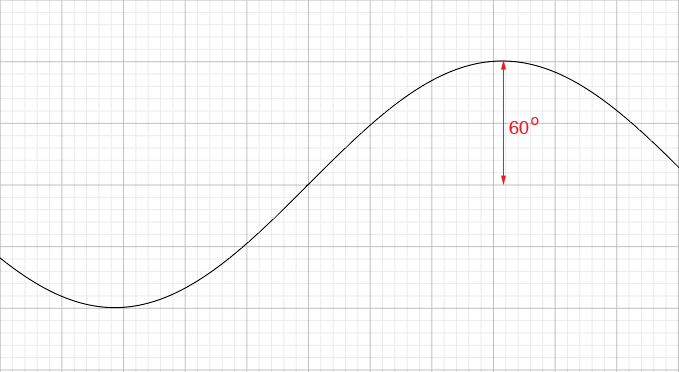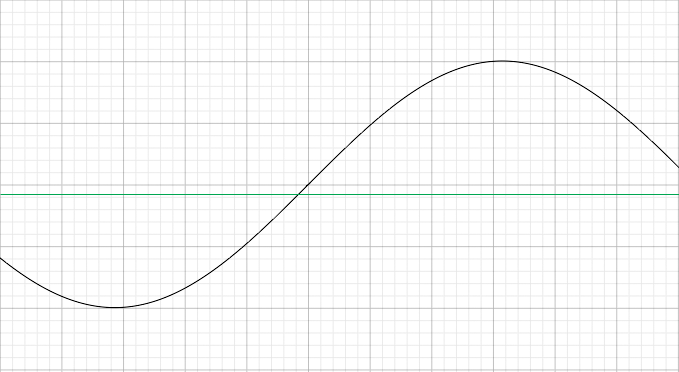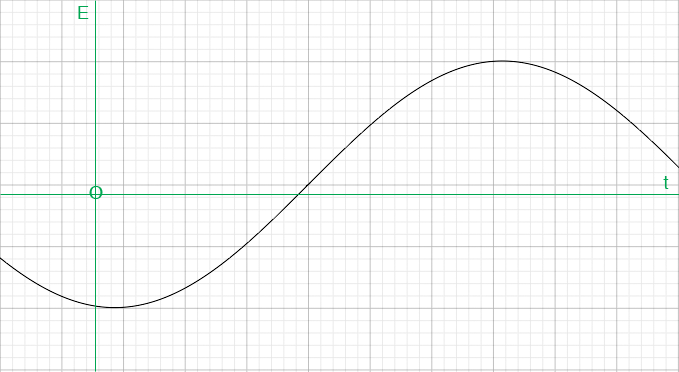| |||
| Math Central | Quandaries & Queries |
|
Question from Elena, a student: Please help!! i have no idea at all where to even start! The "angle of elevation" of an object about you is the angle between a horizontal line of sight between you and the object. (See figure) After the sun rises, its angle of elevation increases rapidly at first, then more slowly, reaching a maximum near noontime. Then the angle decreases until sunset. The next day the phenomenon repeats itself. Assume that when the sun is up, its angle of elevation (E) varies sinusoidally with the time of day. Let t be the number of hours that has elapsed since midnight last night. Assume that the amplitude of this sinusoid is 60 degrees, and the maximum angle of elevation occurs at 12:45 p.m.. Assume that at this time of year the sinusoidal axis is at E=-5 degrees. The period is, of course, 24 hours. a. Sketch a graph of this function |
Hi Elena,
I would start by sketching a piece of the sine function without axes since the axes described in the question are not in the conventional place. The horizontal units are hours t and the vertical units are degrees of the angle of elevation E. One thing you do know is that the amplitude is 60 degrees.

You are told that "the sinusoidal axis is at E=-5 degrees" so the horizontal axis is 5 degrees below the conventional x-axis.

The maximum elevation is at 12:45 p.m., 45 minutes after noon and the period is 24 hours so the minimum elevation is 12 hours earlier at 12:45 a.m., 45 minutes after midnight. Since t is the number of hours that has elapsed since midnight the vertical axis must cross the horizontal axis at midnight which is 45 minutes (3/4 of an hour) before the minimum elevation.

Does this help?
Harley
 |
||
Math Central is supported by the University of Regina and The Pacific Institute for the Mathematical Sciences.